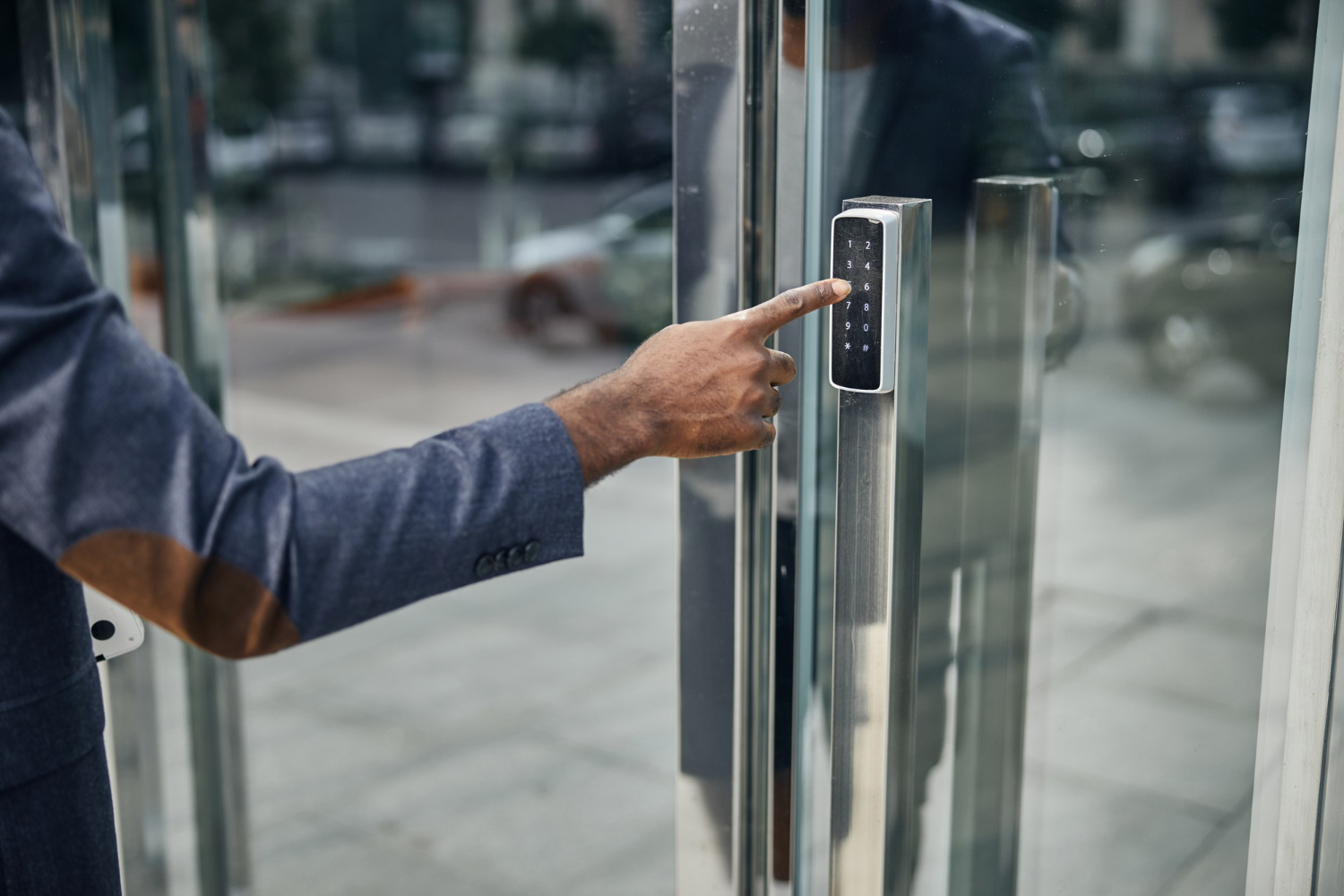Let’s be honest—when we think about designing a building, the door usually isn’t the first thing that comes to mind. But it should be. The entrance is literally the first impression people get. And in commercial spaces, where there’s a constant flow of people, choosing the right automatic door isn’t just about aesthetics—it’s about function, safety, and the overall experience.
So how do you choose between swing, sliding, and revolving doors? Well, it depends on your space, your crowd, and honestly, your vibe.
- Sliding Doors – The Smooth Operator
If your building sees a high volume of foot traffic—think malls, airports, hospitals—sliding doors are usually the go-to. They’re sleek, open wide, and make it super easy for people to move in and out quickly. Plus, they save a ton of space since they don’t swing out or in.
These are ideal when you want clean lines and a modern look. They’re also great for wheelchair access and carts or stretchers in hospitals. But just a heads up—they do need a bit of wall space to slide open properly.
- Swing Doors – Classic & Simple
Swing doors are kind of the “no-fuss” option. They’re straightforward and work well in places where traffic is moderate—like small offices, clinics, or shops. You’ll often find them in older buildings too, where there may not be space for sliding tracks or revolving mechanisms.
They’re not as space-efficient, though. If you’re working with tight corners or narrow hallways, you might want to reconsider. But they are super easy to install and maintain, which is always a win.
- Revolving Doors – The Showstopper
Want to make an entrance feel premium? Go with revolving doors. These are perfect for hotels, corporate offices, or high-end commercial buildings where you want to control airflow, reduce noise, and save energy. They look fancy—and let’s be real—they kind of are.
But here’s the thing: they take up more space and aren’t the best if your crowd includes people with mobility issues. They’re more of a statement than a convenience.
So, What’s the Best Choice?
There’s no one-size-fits-all. It really comes down to your building type, user needs, and how much space you’ve got to play with. Just remember—doors aren’t just functional. They are part of the story your building tells.
And honestly? Choosing the right one makes all the difference.

